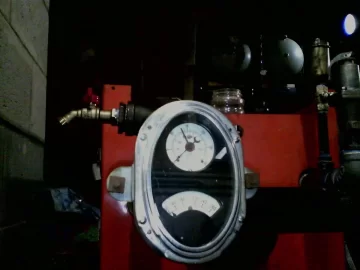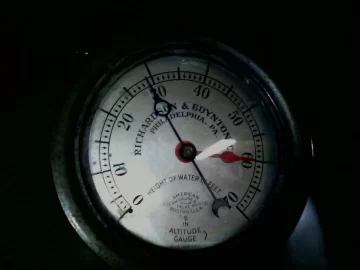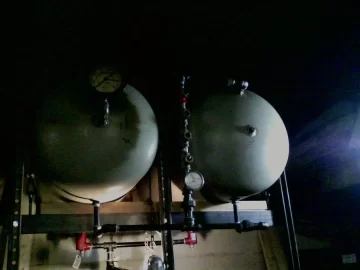In late January I filled my three (330 gal) tanks to 35 psi of air. Within a week and a half the tanks dropped to 25 psi. For over a month now it has been holding at 25 psi. My brother says the reason is likely temperature of the air stabilizing. I could not find a leak by soaping the joints. Today I pumped it up to 40 psi. Any suggestions?
Pressure testing my tanks
- Thread starter James Ascherl
- Start date
-
Active since 1995, Hearth.com is THE place on the internet for free information and advice about wood stoves, pellet stoves and other energy saving equipment.
We strive to provide opinions, articles, discussions and history related to Hearth Products and in a more general sense, energy issues.
We promote the EFFICIENT, RESPONSIBLE, CLEAN and SAFE use of all fuels, whether renewable or fossil.




